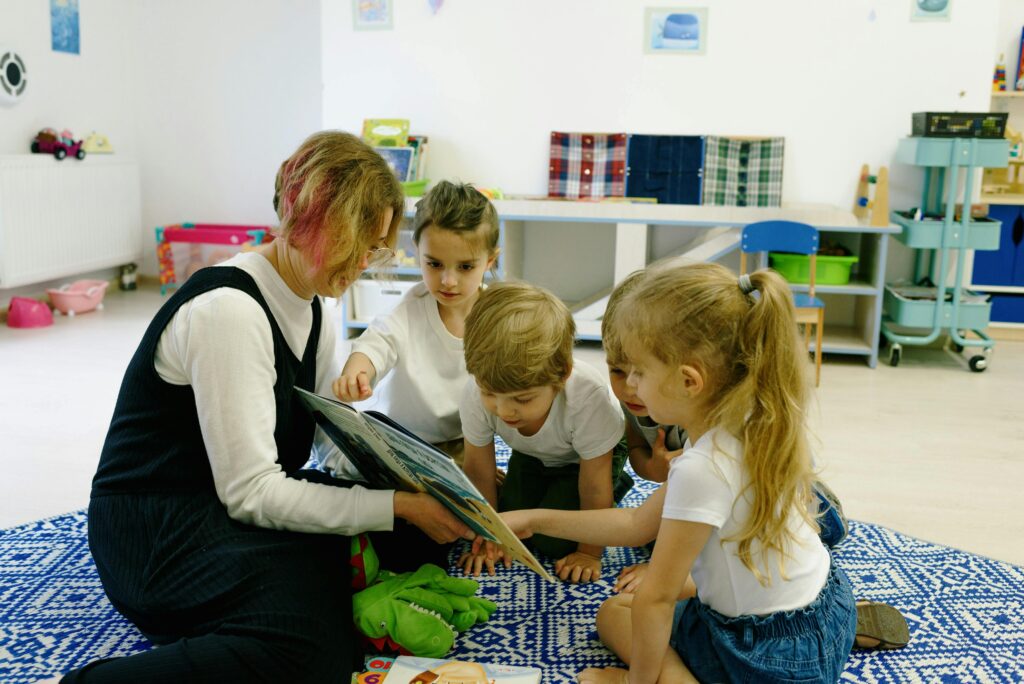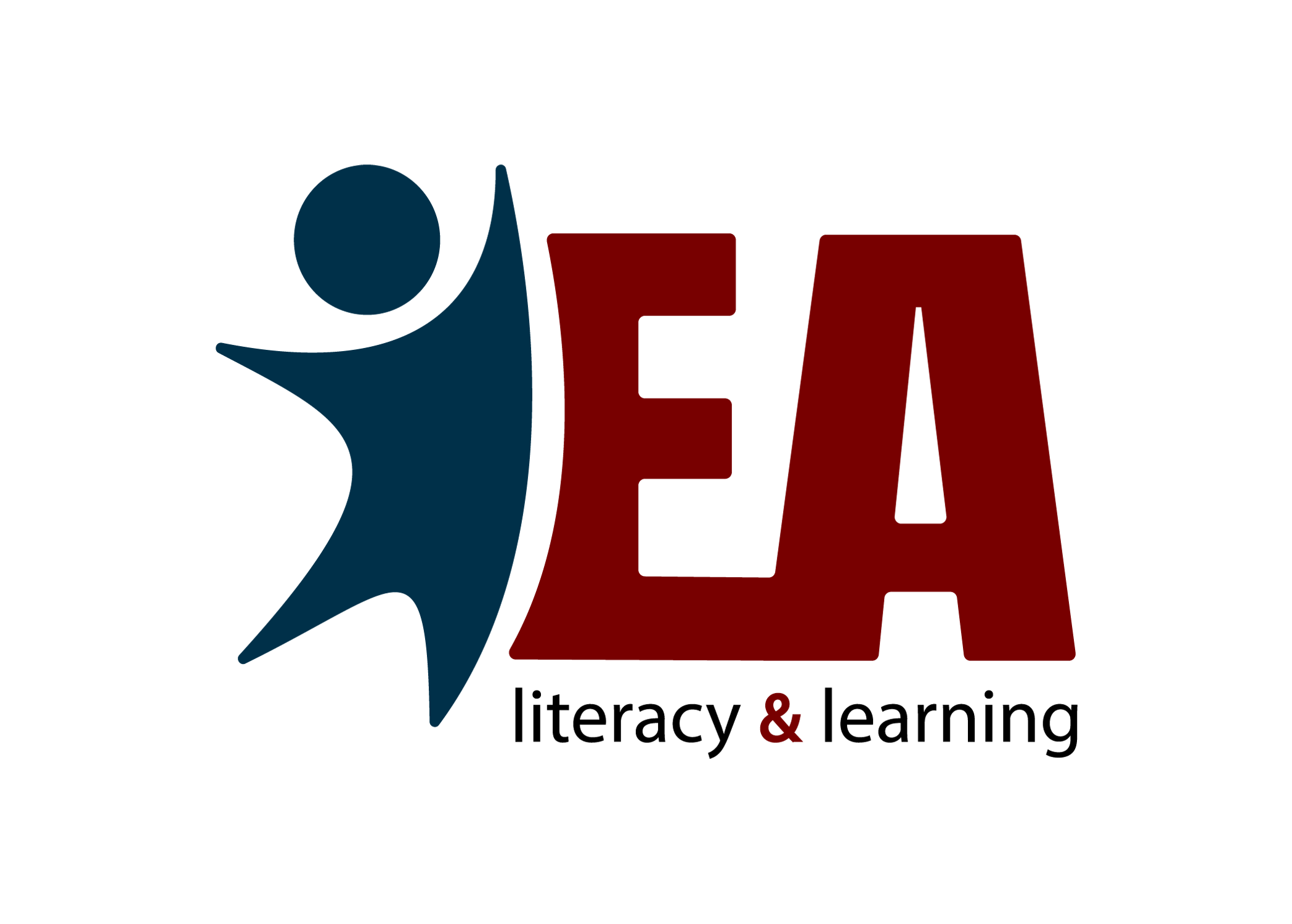Reading aloud to students—no matter their age—is one of the most researched and effective ways to support literacy. Decades of evidence show regular, interactive read alouds foster vocabulary growth, comprehension, print awareness, motivation, and even social-emotional learning (Swanson et al., 2011; DeJulio et al., 2022; Lane & Wright, 2007).

Benefits Backed by Research
- Vocabulary & Language Growth:
Meta-analyses reveal that read aloud interventions, paired with active questioning, result in significant vocabulary gains and language development—especially for at-risk students (Swanson et al., 2011). - Comprehension & Thinking Skills:
Studies indicate students exposed to frequent read alouds with discussion score higher in comprehension and are better able to think and talk deeply about stories (DeJulio et al., 2022; Hurst & Griffity, 2015). - Across Grade Levels:
Positive effects extend from preschool through high school, particularly when discussion and prediction are integrated (DeJulio et al., 2022; Lane & Wright, 2007). - Social & Emotional Learning:
Read alouds foster a love of reading, increase engagement, and help build classroom community, supporting academic and social outcomes (Swanson et al., 2011).
How to Get the Most From Read Alouds
- Be Interactive:
The largest impacts come when teachers prompt students to predict, respond, and connect stories to their experiences during reading (Swanson et al., 2011; DeJulio et al., 2022). - Choose High-Quality Books:
Books should be chosen for instructional value and opportunities for rich discussion, not just entertainment (DeJulio et al., 2022). - Use Across Curriculum:
Research supports using read alouds to teach content in science, social studies, and more, saving instructional time while supporting literacy (Hurst & Griffity, 2015).
Teachers Make the Difference
Research shows that teacher interaction quality—modeling thinking, affirming student responses, and linking text to classroom life—is key to read alouds’ effectiveness (Hurst & Griffity, 2015; Lane & Wright, 2007).
How to Choose the Right Book for Read Alouds
Selecting the right book is crucial to making read alouds effective and engaging. Research highlights important criteria:
- Align with Learning Goals and Themes:
Over half of teachers select books connecting with classroom themes or academic objectives such as vocabulary or social-emotional skills (Yang, 2022). - Engage and Interest Students:
Books that captivate attention and spark curiosity lead to higher engagement; teachers choose age-appropriate, interesting stories (Damber, 2015; United Through Reading, 2023). - Use Rich Language and Appropriate Difficulty:
Select texts with complex vocabulary and story structures that encourage predictions and inference rather than overly simple books (Beck & McKeown, 2001; Zucker et al., 2009). - Reflect Diversity and Student Experience:
Including books representing diverse cultures and experiences supports empathy and inclusiveness (Praetorius et al., 2024). - Consider Developmental Appropriateness:
Assess student background knowledge, listening skills, and use feedback to ensure books are both challenging and enjoyable (RIF Reading, 2024). - Focus on Quality:
Choose high-quality literature, including award winners and strong narratives, for greater instructional and emotional impact (Beck & McKeown, 2001).
Teachers are encouraged to preview books carefully, revisit favorites to build confidence, and balance fiction with nonfiction to support content learning (Yang, 2022; RIF Reading, 2024).
References
Beck, I. L., & McKeown, M. G. (2001). Text Talk: Capturing the Benefits of Read-Aloud Experiences.
Damber, D. (2015). Preschool Read-Aloud Book Selection.
DeJulio, S., et al. (2022). Read Aloud Across Grade Levels: A Closer Look.
Hurst, B., & Griffity, D. (2015). Reader Response to Teacher Read-Alouds in the Upper Grades.
Lane, H., & Wright, T. (2007). Maximizing the Effectiveness of Read-Alouds.
Praetorius, A. K., et al. (2024). The Utilization of Recorded Read Alouds by Teachers.
Reading is Fundamental (RIF). (2024). Read-Aloud Guide.
Swanson, E., Vaughn, S., Wanzek, J., et al. (2011). A Synthesis of Read-Aloud Interventions on Early Reading Outcomes among At-Risk Children.
United Through Reading. (2023). The Incredible Impact of Reading Aloud.
Yang, L. (2022). Choosing Read Alouds in a Preschool Classroom.
Zucker, T. A., Justice, L. M., & Piasta, S. B. (2009). Relationship Between Teacher-Child Conversations and Preschoolers’ Vocabulary Growth.





